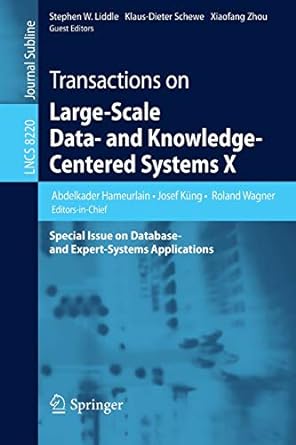1. Weite theee tunctions to code tor the following three sorting a gorithms in C+ Make your own header files to deciare al the functions you need to mpiement each of these sorting algorithms. For example, for bubblesort, you wili have beader ffes such s bubblesorthi in which you wilf declare all the functions that you need to perform babbiesont. Then you witi include these header files in your main cpp program, in which you will implement and call all these functions. The input to all these sorts is the artay of unsorted integers and the size of the array. For cxamples tvoid Selectionsortint arraydlint arraylength)? The putput of eadh of these sorts is the sorted array of integers printed on the console. Test these sorts with the unsorted array A(89,373,1,783,23,987,12,65,28, 17. All these functions should sort from sinallest to Largest value. Note: Bubble sort should be the optimized version 1. Selection Sort woid Selectionsort(int array (lint arrayteristh (i.). 2. Bubble Sort - yoid Bubblesort(int arrayd), int array(ength) (a) 3. Insertion Sort - yoid insertionsortant arrayd. int array (ength) 6.4 2. Use 30 fies you genenerated in part 1 of this assisnment to give as the input to your three sorting functions and measure she doration of each function. Comment the statements you used to print the sorted array after each sorking funchon, as you need to measure only the time taken to sort. The output of each fort is the time taken in miliseconds to sort the siven unsorted array. You can use Tinclude cchrono" or "fincludectimehs" to measure the duration of if furiction in C+t. While measuring the time you only need to measure the time taken by each sorting algonthm to convert the unsorted aray into a sorted array. Note: The additional time taken, such as to construct your input array and to print your sorted array to console should not be included while measuring the: duration of the sort. 3. Repeat the above duration measurement for each sort for each input file. Plot 3 graphis for the 3 datasets, one graph for each type of artays sorted, unsorted, or reverse sorted. The x.axis of the graph will be the dataset size (n) (i.e. same as your array size), and the y.axis will be the average of the three executions for each dataset size. Thus, vour x-axis will have 10 labels and value of runtime on the y-axis for each label Create three of these graphs, one for each of the data sets (sorted, unsorted and reverse sorted) where the three sorting algorithms (Selection Sort. Bubble Sort, and Insertion Sort) are in the same graph sharing the same zisis labels. Add Legend entry for each curve on the graph and use a different pattern like dotted, dashed, stright line, and different bullet dimensions and color for each curve of a sorting algonithim. The result of this should be one graph for each kind of dataset where all three algorithms are plotted together, Note: You have to generate datasets (i.e., unsorted, sorted or reverse sorted arrays). only once and you can reuse the same datasets across three executions of each sort and also across different sorting







